What is the tolerance range of precision screws?
What is the tolerance range of precision screws?
Service Hotline
+86760-8787 8587We have more than ten years of experience in screw industry production, the main products are: hexagonal fine thread nut, tightener screw, combination hex bolt, scissor bolt, double-headed hollow copper column, hexagon socket headless screw, pure copper Si meson, casing welding nut, DIN7349 washer, GB93 washer, screw screw joint, iron galvanized pull rivet, anti-thread nut, FPV model aircraft frame, Guangdong screw nut and other fasteners, due to the different materials and specifications of the products Different, the price is also different, if you need, please contact us.


① Nominal thread outer diameter (thread specification): divided into metric system and inch system. Metric thread → common specifications are 2; 2.3; 2.5; 2.6; 2.9; 3; 3.1; 3.5; 4; 4.2; 4.5; The unit is mm (millimeters). Inch thread→ Common specifications are 2#;4#;6#;8#;10#;12#;1/4;7/32;5/16;3/8;1/2 ;9/16;3/ 4. The unit is in (inches). ② Number of teeth/pitch: Definition of number of teeth → the number of teeth lines in one inch (25.4mm) length. Pitch Definition → Distance value between two adjacent threads. Conversion of number of teeth and pitch of teeth → pitch of teeth = 1 inch/number of teeth ③Nominal length: divided into metric system and inch system. Metric Nominal Length → Common values are 5, 6, 6.5, 7, 8, 9, 9.5, 10, 11, 12, 13, 14, 15, 16, 18, 19, 20, 21, 25, 28, 30, 31 , 32, 35, 40, 42, 45, 50, 55, 60, 65, 70, 75, 80, 85, 90, 95, 100, 110, 120. The unit is mm (millimeters). Imperial Nominal Length → Common values are 1/4, 5/16, 3/8, 7/16, 1/2, 5/8, 3/4, 1, 2, 3. Units: in (inches). ④Head type: use letters to indicate the type of head type, please refer to the previous classification of commonly used screw head types. ⑤Tooth type/tail type: Use letters to indicate the type of tooth type/tail type, please refer to the previous Commonly used screw thread/tail type classification. ⑥Groove type: Please refer to the previous section Category of common screw groove types of our company. Cross-slotted or non-slotted (such as punched hexagon head screws) do not need to be marked here, and other groove types need to be described in words. ⑦Special labeling: In general, no labeling is required. When expressing its characteristics, it is described in words at this position. For example: the specification name of the screw is described as 4-0.7x70PM±tooth length 35, which means 4 is the nominal diameter of the screw thread, 0.7 is the pitch, 70 is the nominal length of the screw, and P means its The head type is a pan head, M means its tooth type/tail type is a wire thread type, ± means its groove type is ± groove and can also be expressed by plus or minus groove. Tooth length 35 is special Mark, specify the thread length value of this screw.
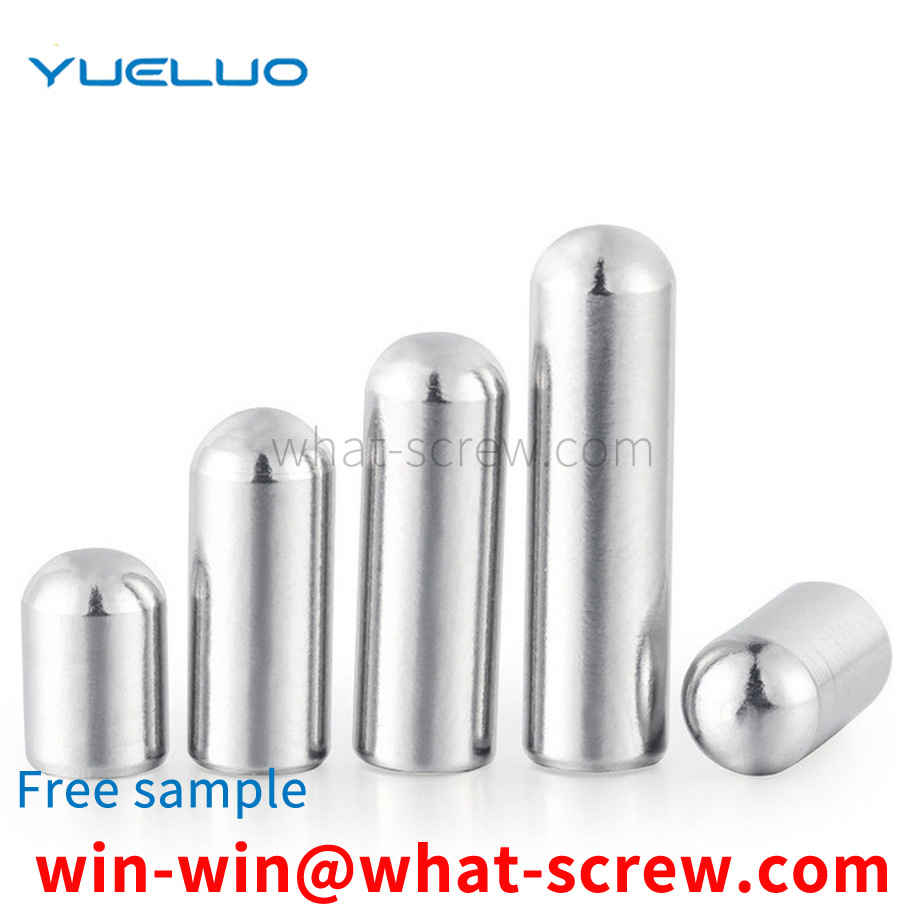
At present, there are mainly the following methods for classifying screws of different lengths mixed together: First, visual identification and manual sorting. This method is time-consuming, labor-intensive and inefficient. Second, the screws are centrifuged and screened according to the quality and size of the screws. However, the quality of screws of the same length is not necessarily the same when the materials of the screws are different. Third, sorting is carried out using a screening device with sieve holes, but the sieve holes are generally simple geometric shapes, which can only roughly distinguish the length of the screws. Moreover, the specific position where the screw falls into the screen hole will also affect the degree of screening. It can be seen that the above-mentioned methods for classifying screws all have the problem of poor effect.
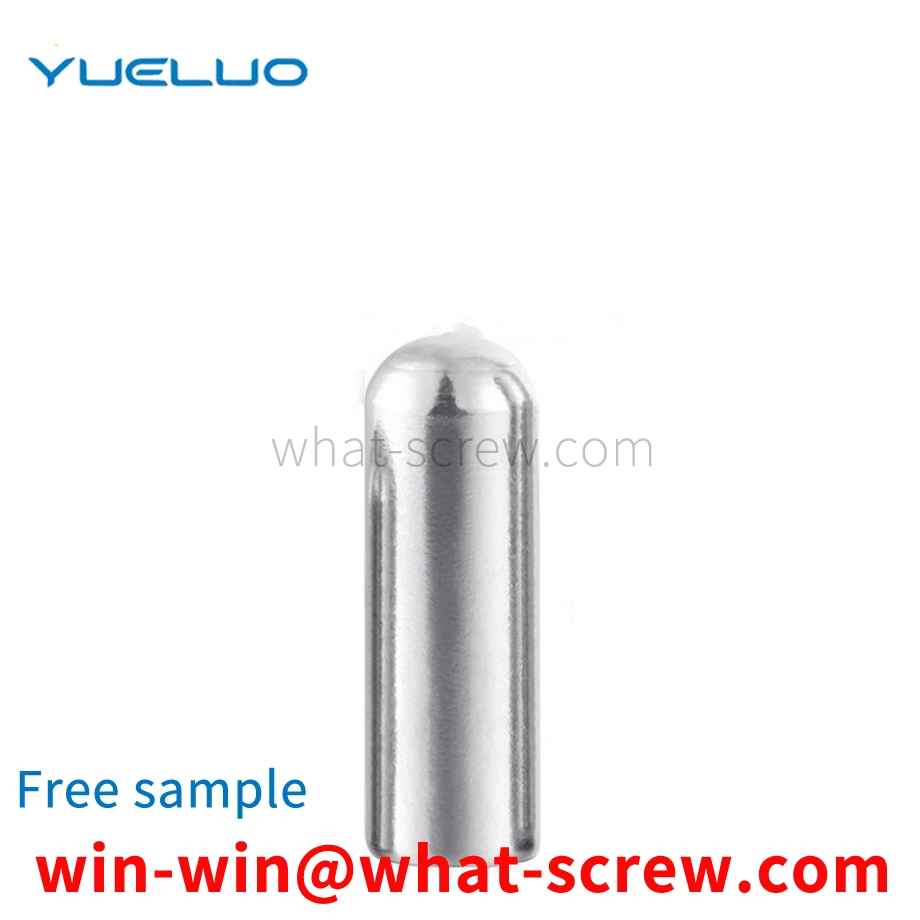
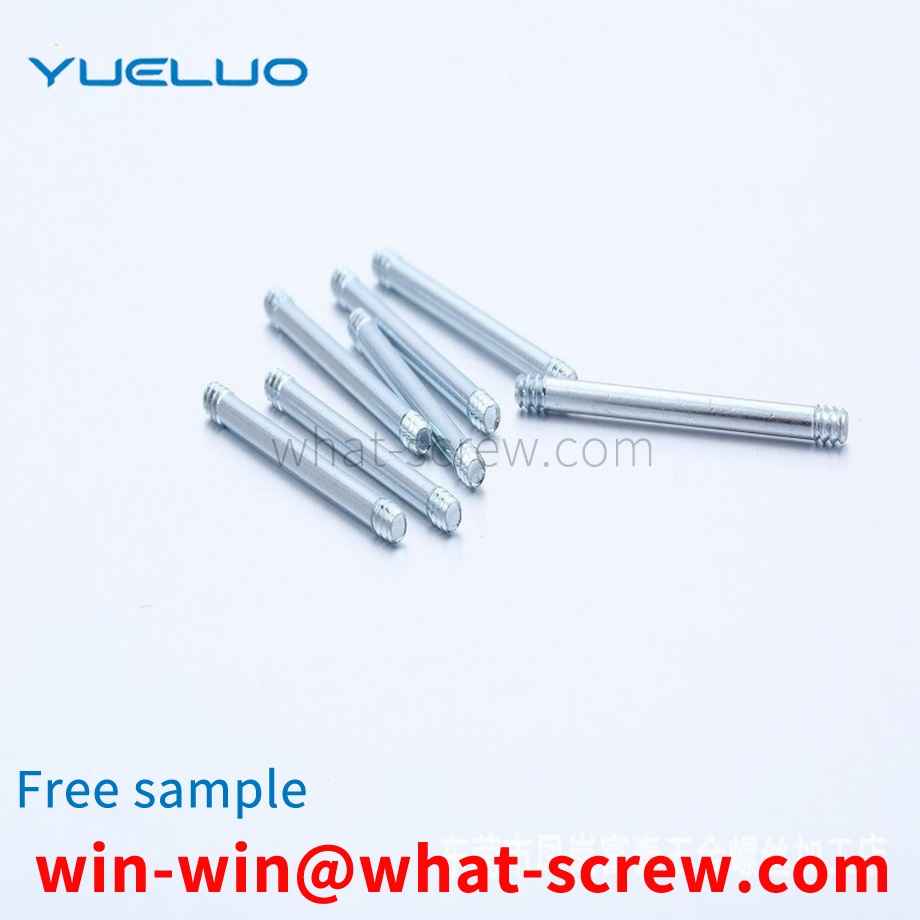
High-strength hexagon head bolt combination screws for steel structures, mainly used in railway and highway bridges, boiler steel structures, industrial plants, high-rise civil buildings, tower and mast structures, hoisting machinery and their steel structures need to use friction-type high-strength bolt combinations for screws. It is characterized by an extra dodecagon at the end of the bolt, also known as the bolt. When installing, a special electric wrench must be used, which has two socket heads up and down, one is set on the hexagonal body of the nut, and the other is set on the decagon body of the outer hexagon screw. When tightening, apply a clockwise force to the nut, and apply an equal counterclockwise force to the dodecagon body of the bolt, so that the connecting neck between the end of the outer hexagon screw and the dodecagon body is subjected to torsion shearing until the neck is sheared. So far, the installation has come to an end. This torsion shear type high-strength outer hexagon screw is a one-time-use screw and generally cannot be removed after installation.
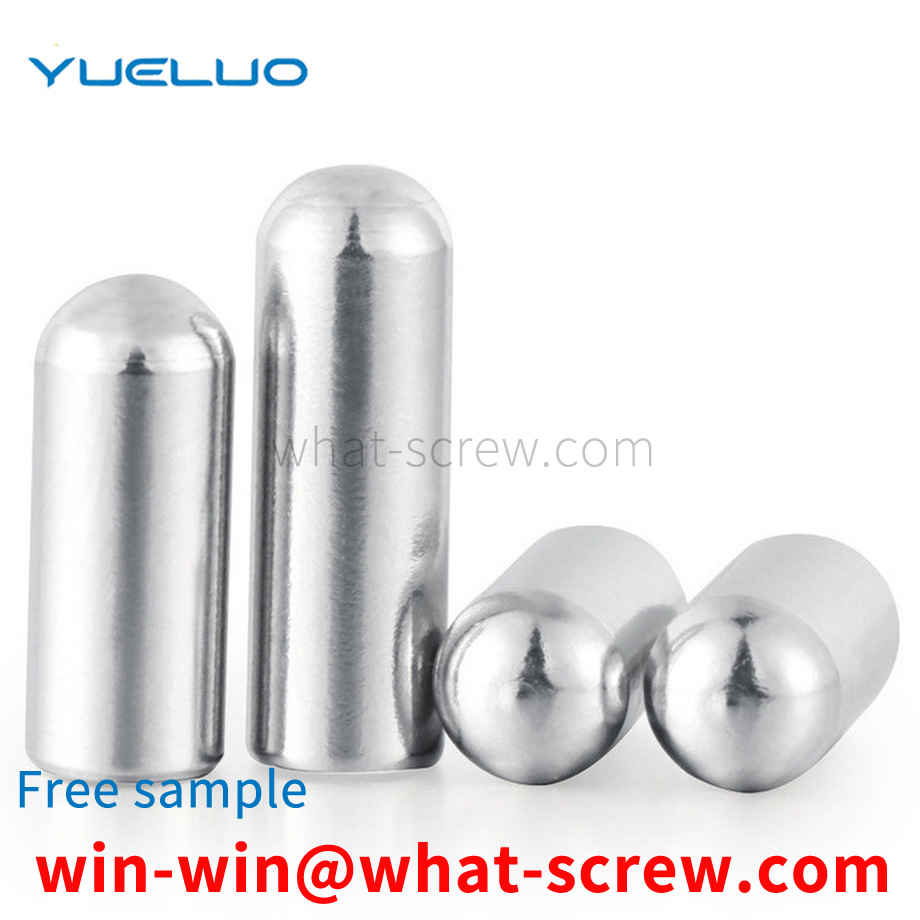
self-locking nut is a nut that can self-lock by friction. The general nut will loosen itself due to vibration and other reasons during use. In order to prevent this phenomenon, the self-locking nut was invented. The main functions of self-locking nuts are anti-loose and anti-vibration. For special occasions. Its working principle is generally self-locking by friction. The types of self-locking nuts classified by function include those with nylon rings, those with neck closures, and those with metal anti-loosening devices. They are all effective torque type lock nuts (see GB/T3098.9-2002 national standard).

The above content is uploaded by Yueluo or the Internet. If there is any copyright issue, please contact [email protected].

What is the tolerance range of precision screws?

How to choose the right stainless steel screw manufacturer?

Why is there an R angle under the head of the hexagon head s...

We have more than ten years of experience in screw industry ...
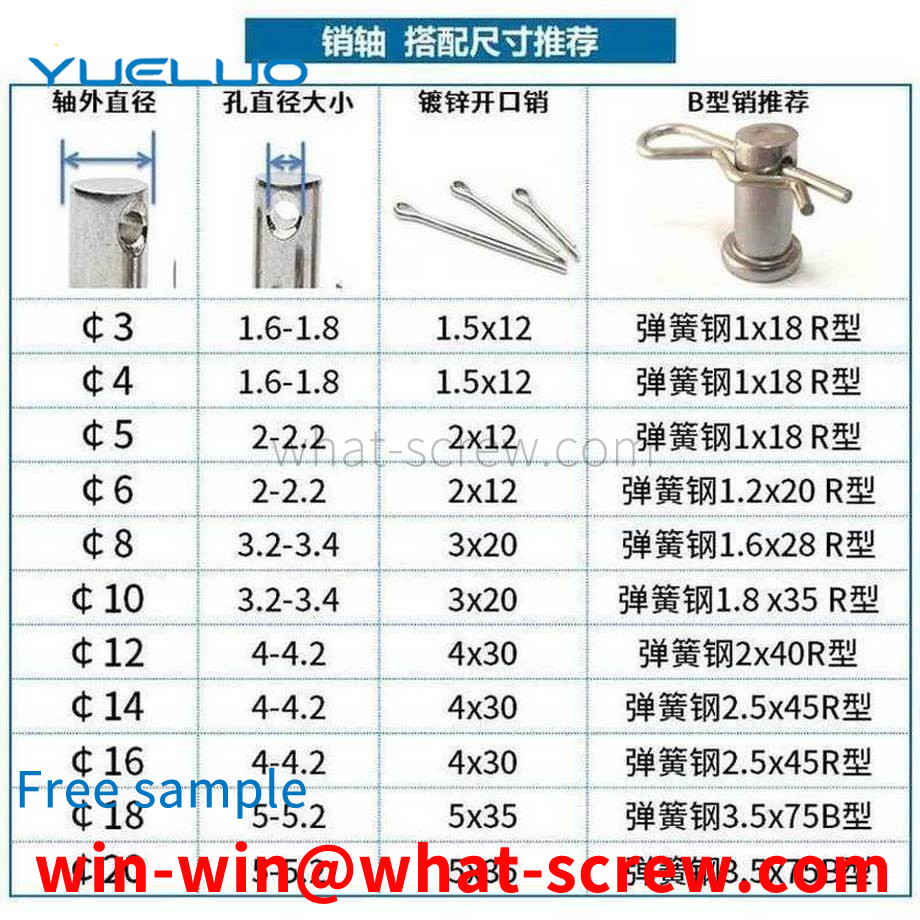
We have more than ten years of production experience in the ...

We have more than ten years of experience in screw industry ...
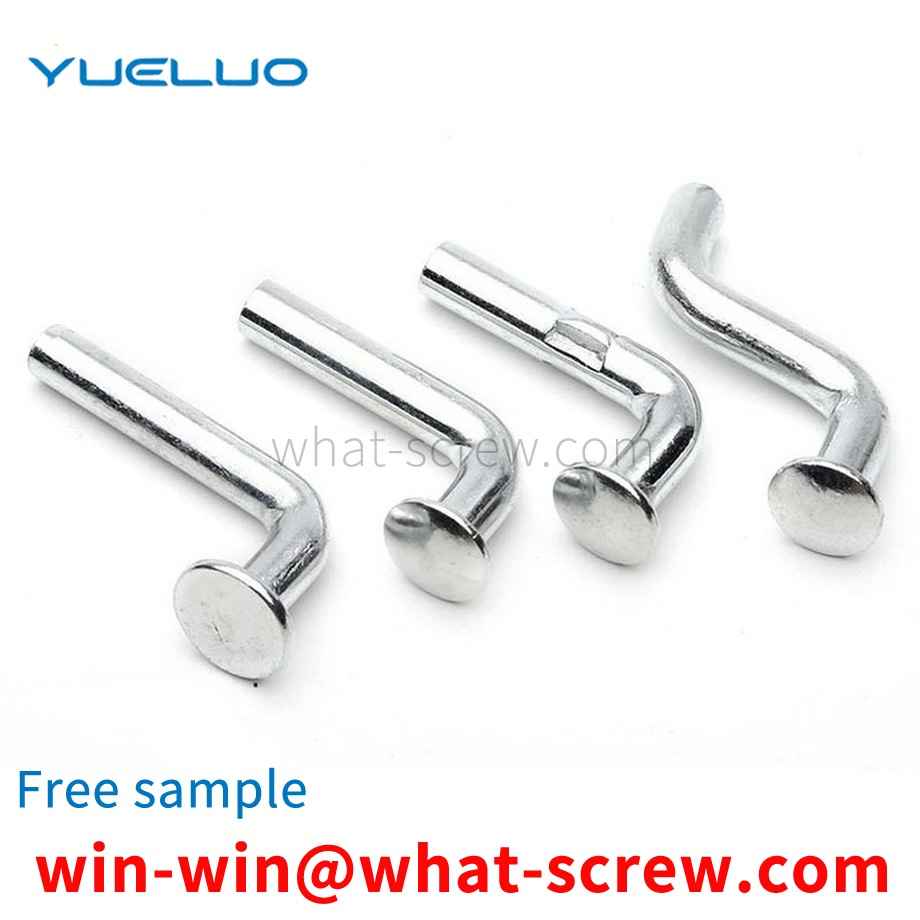
We have more than ten years of production experience in the ...